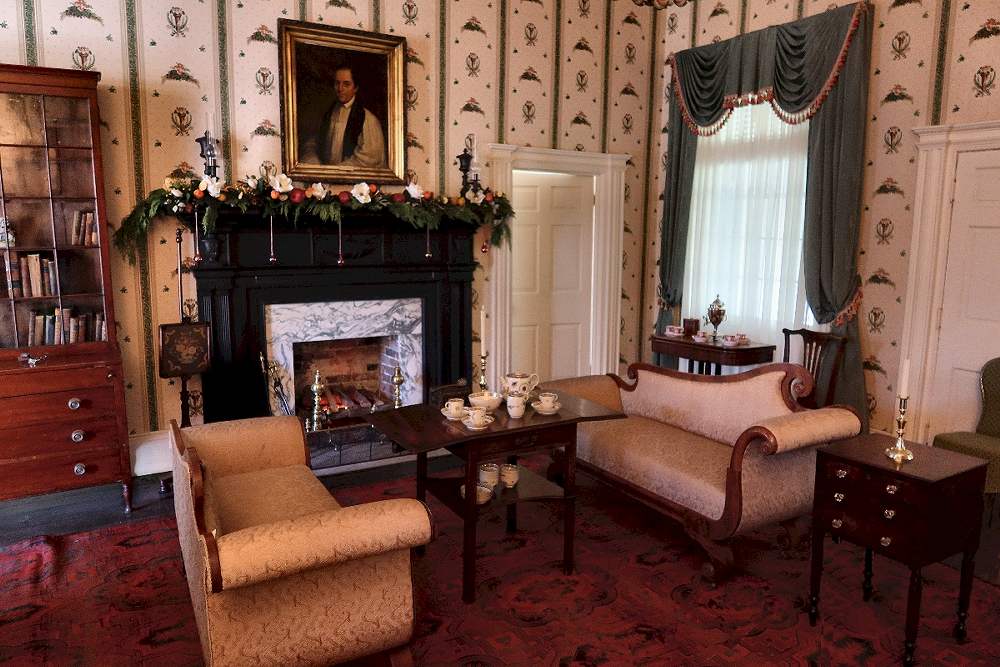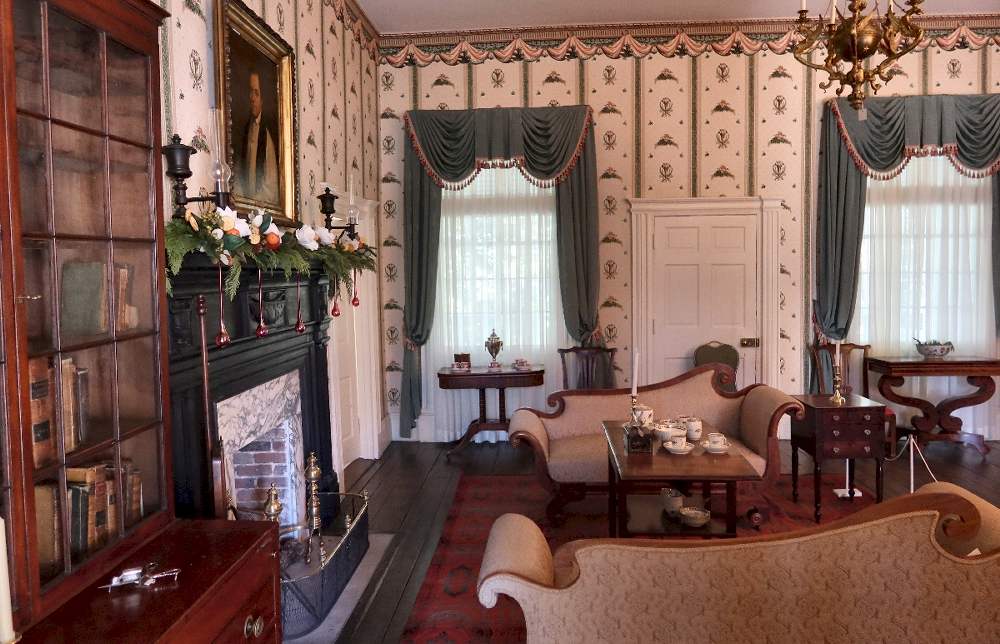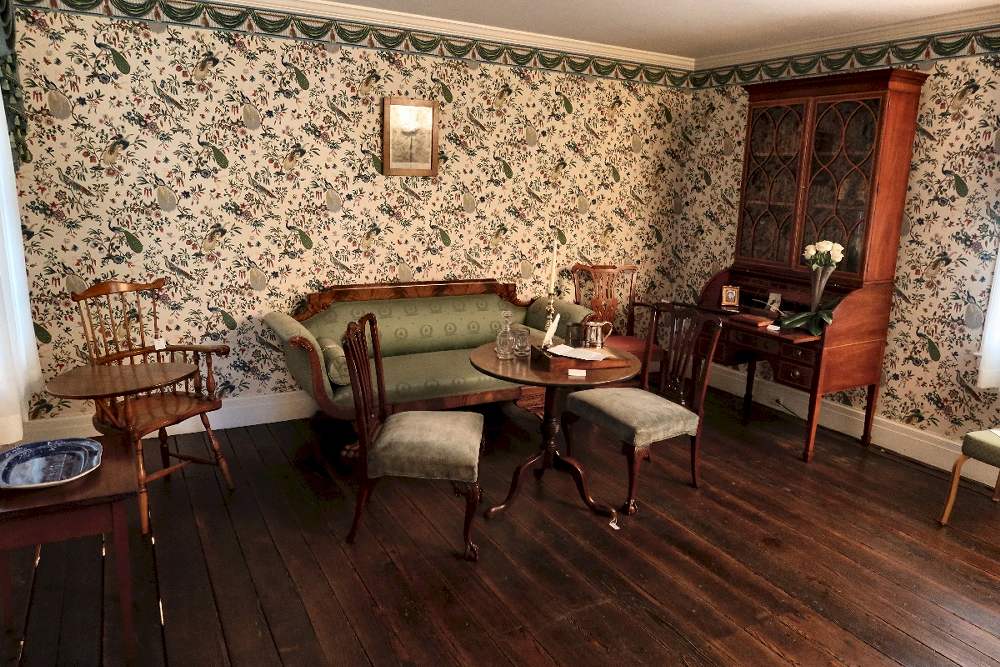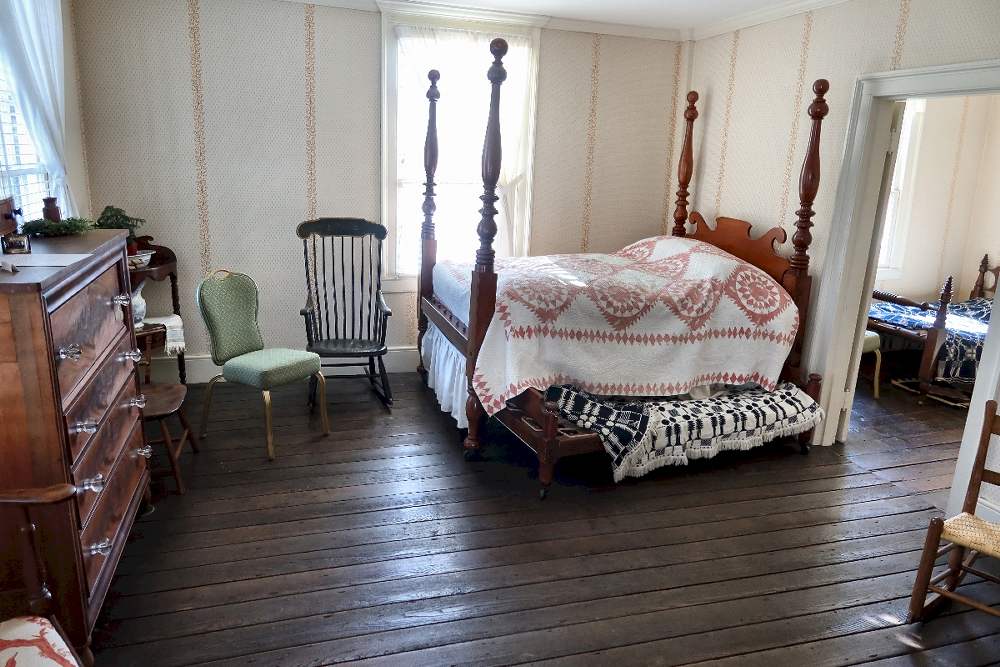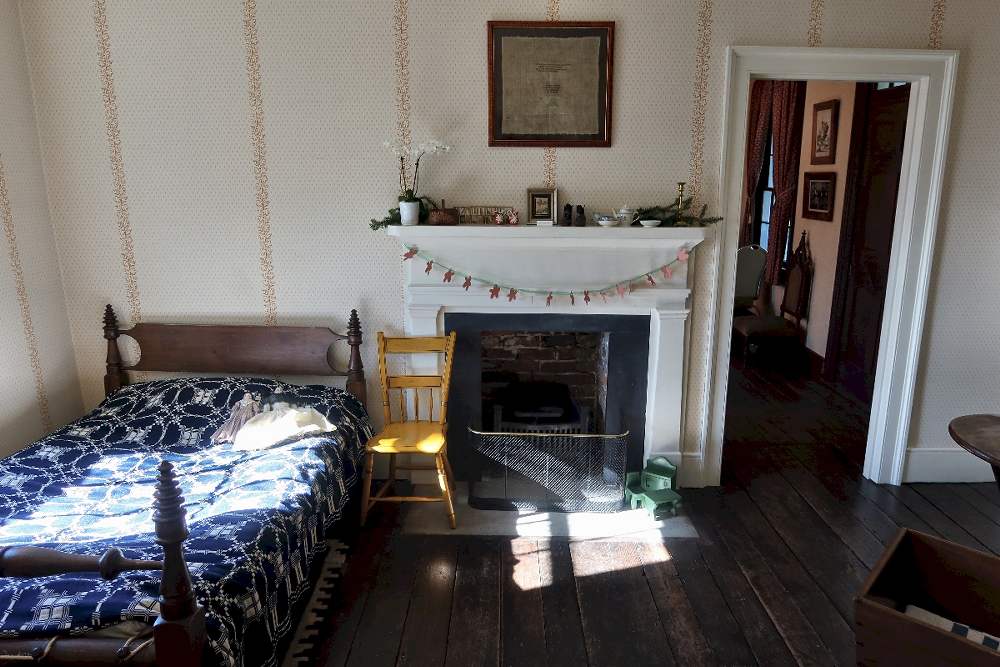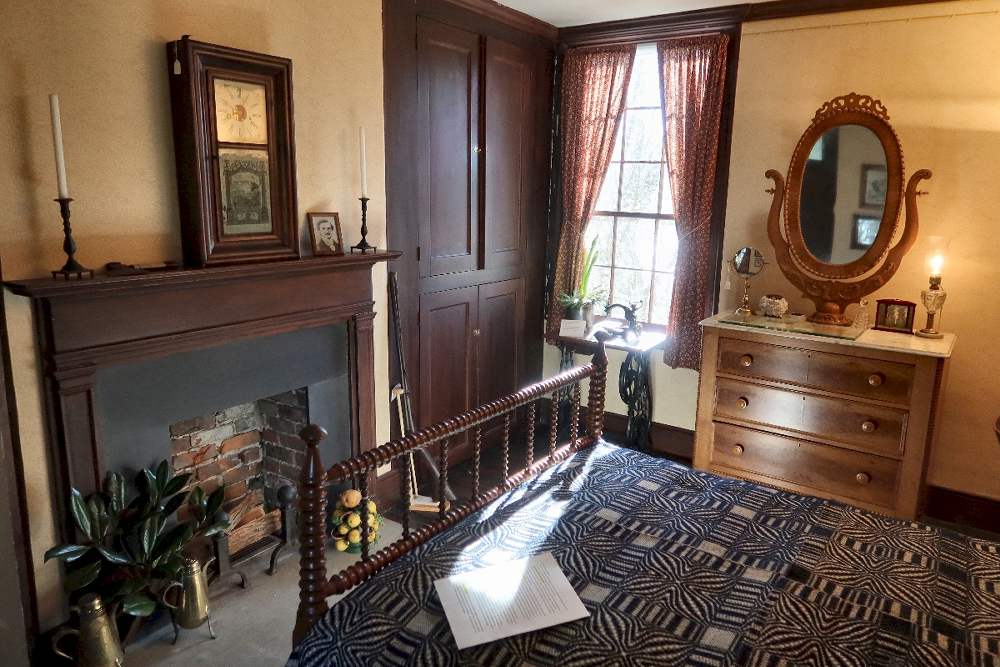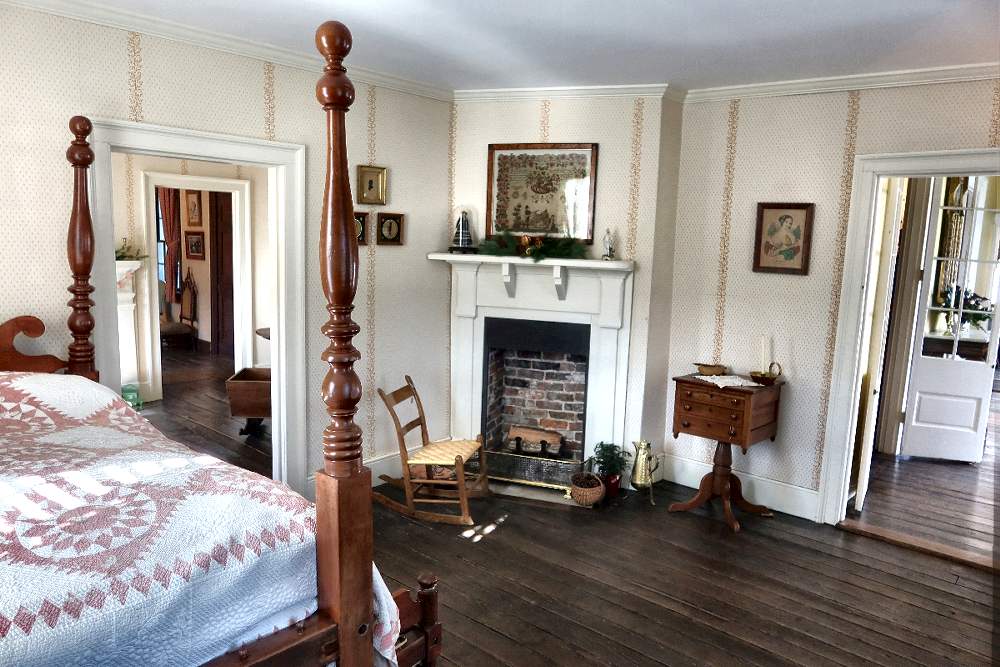|
The house was constructed in
1834 by the Rev. James Craik, and was known as "Elm Grove". The
Craiks were a prominent family originally from the tidewater area of
Virginia. The family had close ties to George Washington. Craik's
grandfather, Dr. James Craik, was Washington's personal physician and
first Surgeon General of the Continental Army. The elder Craik traveled
extensively with Washington during the General's extensive surveying
work, much of which was conducted in what is now West Virginia.
Dr. Craik's son - George
Washington Craik - continued the family's association with Washington
by serving as President Washington's secretary during his second term
in office. Clearly, Dr. Craik's admiration and affinity with Washington
is reflected in the name given to his son. George Craik's son, named
for his grandfather, was James Craik who built the Craik-Patton House.
After building "Elm
Grove", which was one of the first clapboard frame houses in the
valley, James Craik became involved in the Episcopal Church. He
eventually abandoned his law practice to become rector of St. John's
Episcopal, one of the earliest churches founded in Charleston.
Craik moved his family from
the area in 1844 when he was chosen to lead a new Episcopal church in
Kentucky. The Craik-Patton House was sold at that time to Isaac Reed,
who owned the house until it was purchased by George Patton in 1858.
Colonel George Smith Patton
purchased the home in 1848, although the deed was listed under the name
of his wife Susan Glasell Patton. The purchase price as listed in
records of the time was $2,900 and it was in this house that his son
George Smith Patton II was born. George Patton Jr's son, General George
Smith Patton III became the most renowned of the Pattons through his
outstanding generalship during WW II.
Following the death of her
husband, Susan Patton sold the home to Andrew Hogue in 1865 and the
family eventually settled in California. It was here the General George
Patton III was born and eventually embarked upon his brilliant military
career.
The
house was moved from it's original location on Virginia Street
near Dunbar Street, to Lee Street in 1906. It was moved to
it's final resting place near Daniel Boone park in 1973.
|
